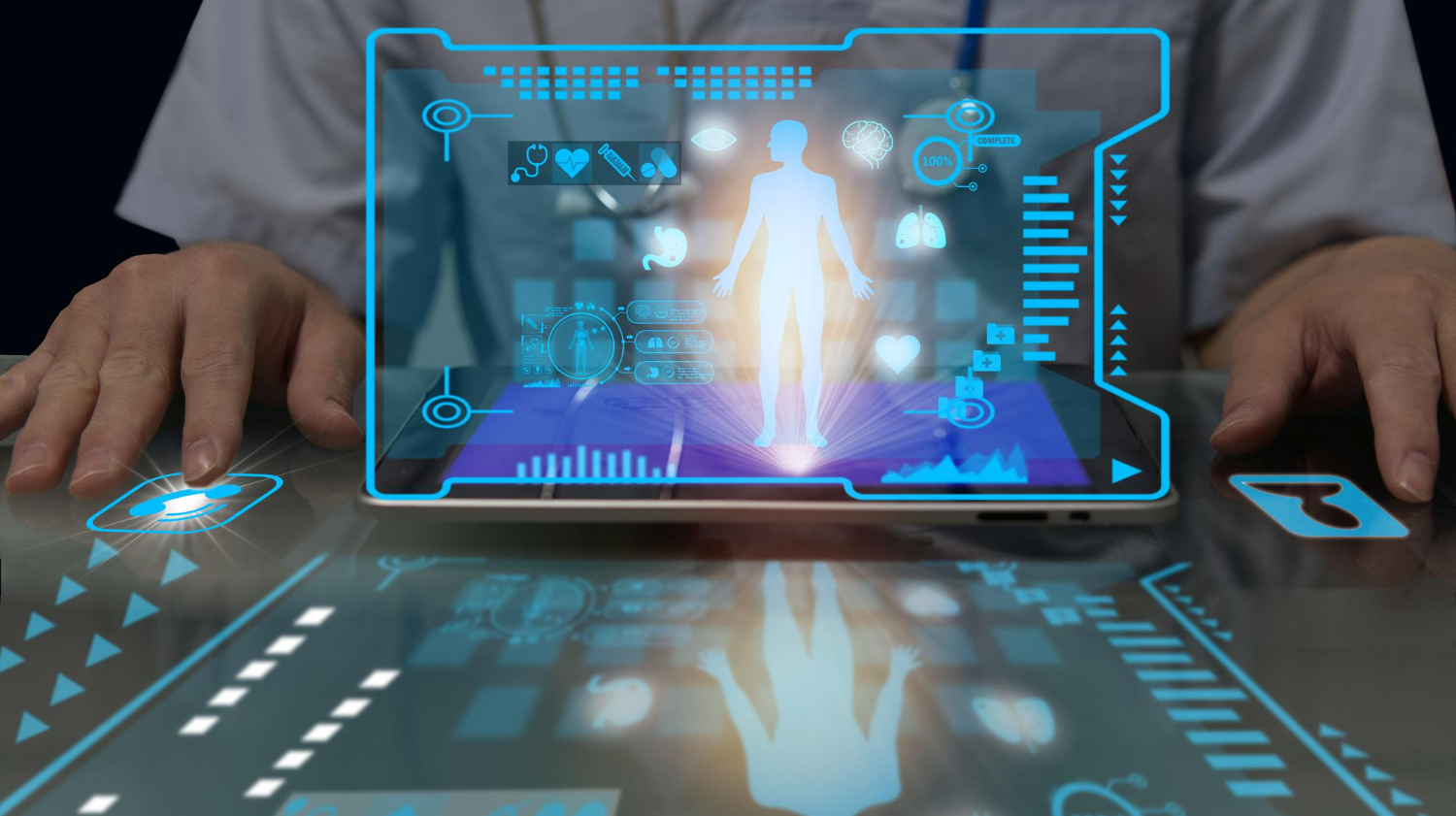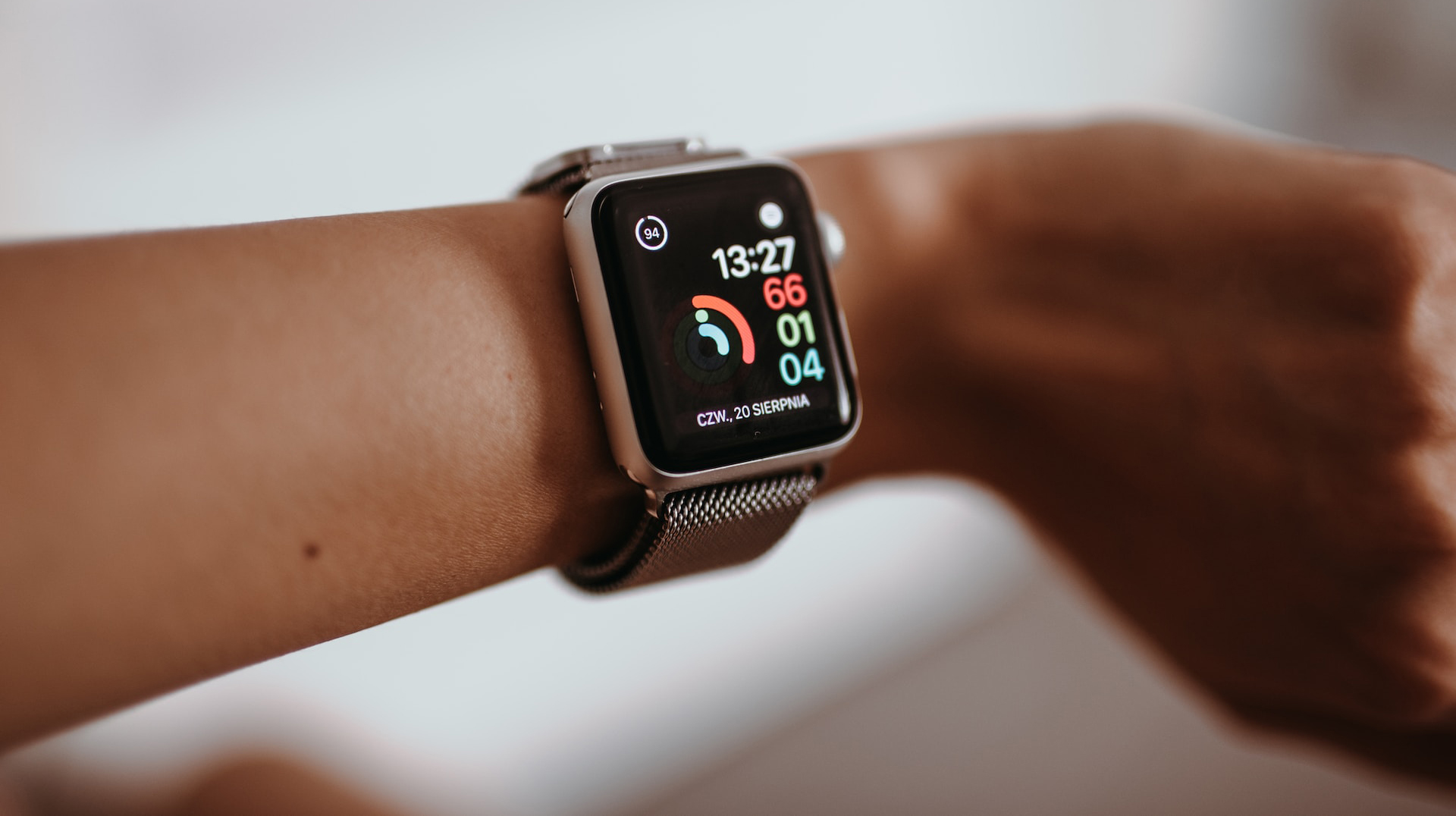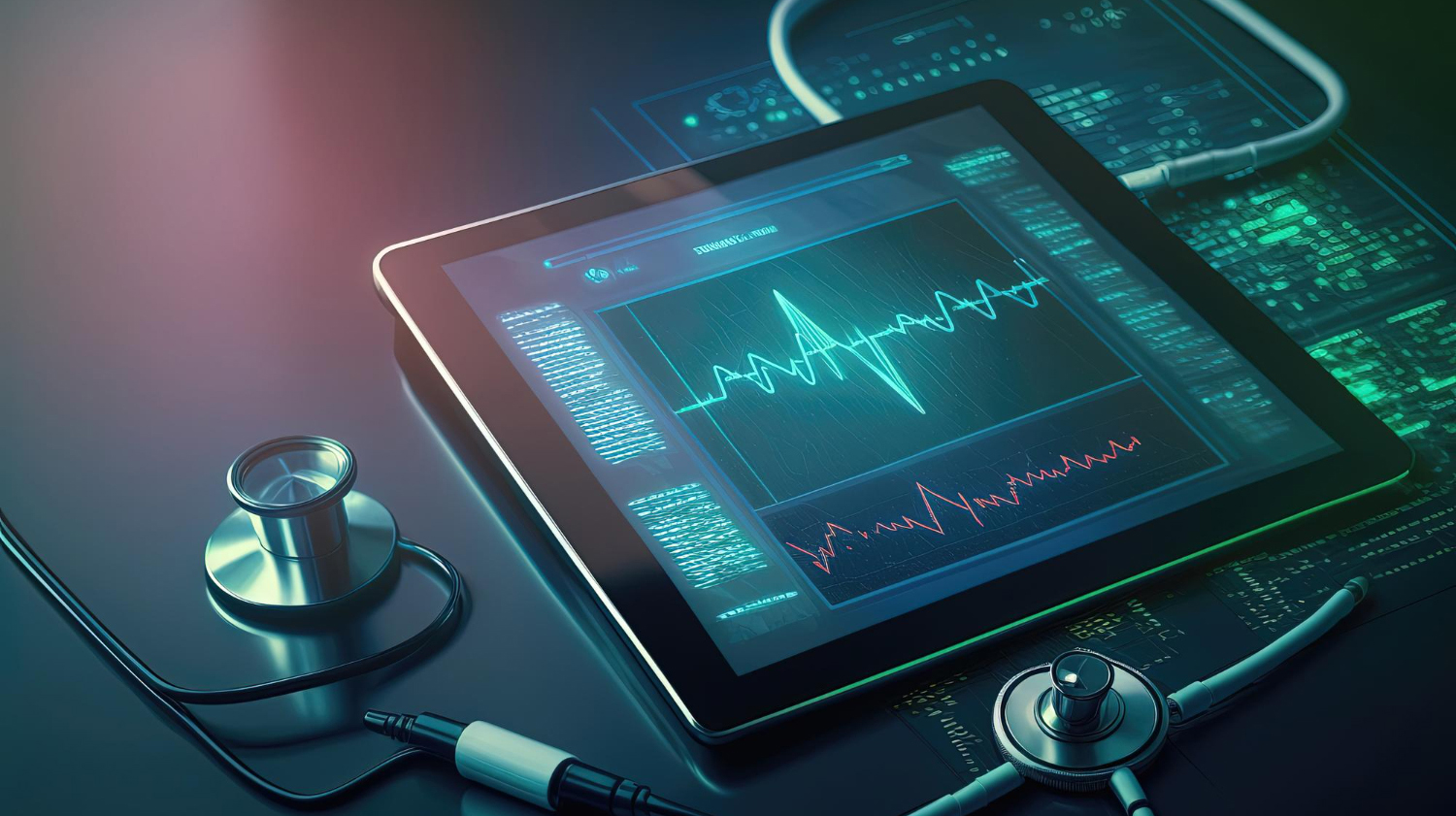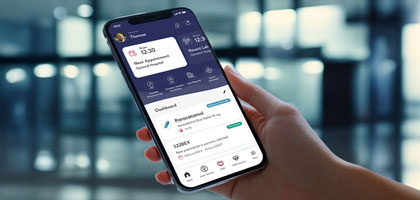
Blog
This Month in Healthcare IT:
Remarkable e-Health News in December
In a world of developing healthcare technologies, staying up-to-date is not only a choice but also a necessity. As Tiga Healthcare Technologies, we adopt this fact as one of our most essential principles in the technologies we develop and follow the developments in healthcare technologies worldwide.
Here are the top 11 exciting healthcare IT developments that occurred in December:
1. Google launches MedLM, a specialized generative AI for advancing healthcare applications and research.

Google recently introduced MedLM, a generative AI fine-tuned for healthcare applications, building on their previous Med-PaLM research. MedLM is designed to assist healthcare organizations by providing a range of models for various tasks, now available to Google Cloud customers in the United States and in preview globally. The suite includes two models for different organizational needs, from drafting medical summaries to enhancing drug research and development. Companies like HCA Healthcare and BenchSci are already incorporating MedLM into their operations, with Google planning further advancements. This development represents a significant move towards integrating AI more effectively and responsibly into healthcare.
2. HIMSS advocates for revisions to EU Cloud Services cybersecurity certification to promote secure, efficient healthcare data sharing and innovation, without limiting cloud provider operations.

The Healthcare Information and Management Systems Society (HIMSS) has responded to the European Union's proposed cybersecurity certification for EU Cloud Services. They emphasize the need for revisions to allow comprehensive information sharing and utilize cloud solutions providers operating both within and outside of the EU. HIMSS argues that efficient sharing of medical records and collaboration between healthcare providers is crucial for better patient outcomes. They urge for a regulatory format that ensures secure data processing by providers legally operating within the EU, irrespective of any associated entities outside the EU. HIMSS President & CEO, Hal Wolf, stresses the importance of governance systems that support data security and privacy but warns against restrictive measures that could hinder technology partnerships and innovation. HIMSS envisions a healthcare system encouraging innovation from local to global levels, emphasizing the role of cloud technology in reducing provider burnout, lowering costs, driving economic growth and fostering care delivery advancements. They advocate for policies that promote technological innovation and seamless, secure access to data, highlighting the significant role of cloud-based services in improving care coordination across the European Union.
3. The U.S. Department of Health and Human Services has finalized a rule to enhance health IT interoperability and introduce first-of-its-kind algorithm transparency requirements for better patient access and care.

The U.S. Department of Health and Human Services (HHS) and the Office of the National Coordinator for Health Information Technology (ONC) have finalized the Health Data, Technology and Interoperability (HTI-1) rule. This regulation focuses on enhancing patient access, interoperability and algorithm transparency within health IT, affecting over 96% of hospitals and 78% of office-based physicians in the U.S. The HTI-1 rule introduces unprecedented requirements for artificial intelligence and predictive algorithms in certified health IT, aiming to ensure fairness, validity and safety in clinical decision-making tools. It also adopts the United States Core Data for Interoperability (USCDI) Version 3 as a new standard to improve patient data accuracy and support public health. Additionally, the rule updates information-blocking definitions to facilitate better information sharing and introduces new reporting metrics for certified health IT to monitor usage and support care delivery. These efforts are part of ONC's ongoing commitment to build a robust digital healthcare infrastructure and promote responsible technology use for better health outcomes nationwide.
4. Recent studies show the Apple Watch can accurately detect arrhythmias in children, offering a promising tool for pediatric heart monitoring despite current sales challenges due to a patent dispute.

A recent research, named ‘Utility of smart watches for identifying arrhythmias in children’, indicates that the Apple Watch can effectively detect and characterize arrhythmias in children, often catching irregular heartbeats missed by traditional monitors. Utilizing patient-initiated ECGs and heart rate notifications, the study found a high diagnostic correlation with invasive electrophysiology studies, particularly for conditions like supraventricular tachycardia. This suggests that wearable technology could significantly contribute to pediatric cardiac care. However, the broader adoption of Apple's technology faces challenges due to an ongoing patent dispute halting sales of the latest Apple Watch models with advanced health tracking features.
Source: https://mhealthintelligence.com/news/apple-watch-can-detect-irregular-heartbeats-in-children
5. The U.S. Department of Health and Human Services has released a comprehensive data strategy to enhance improved data accessibility and artificial intelligence to enhance health outcomes, particularly in cancer treatment significantly.

The U.S. Department of Health and Human Services (HHS) has unveiled a national data strategy focusing on improving health outcomes by making data more accessible and usable. This strategy is vital for achieving significant goals like halving cancer deaths in 25 years through the Biden Cancer Moonshot initiative. The plan involves cultivating data talent, fostering data sharing, integrating data into operations, enhancing whole-person care with human services data and leveraging AI responsibly. Initiatives like the CancerX Data Sprint are part of this effort, emphasizing collaboration and innovation in healthcare to advance research and treatment, particularly in cancer care.
6. Singapore is strengthening its healthcare system against staffing shortages and an aging population by investing heavily in digital health and AI technologies for more efficient and effective patient care.
![]()
Singapore is actively embracing digital health and AI technologies to address its healthcare staff shortages and meet the demands of an aging population. The country is making significant strides in digital health transformation, with most healthcare leaders investing in or planning to use digital health technologies, including AI, for predicting outcomes and clinical decision support. Initiatives like cloud-based solutions, virtual care and workflow automation are being adopted for better patient care and work-life balance for healthcare professionals. Partnerships with tech giants and the establishment of AI labs further underscore Singapore's commitment to modernizing healthcare through digital innovation.
7. A study indicates that while AI can enhance diagnostic accuracy in healthcare, biases in AI models and limited clinician understanding of these tools can negatively impact patient diagnoses, highlighting the need for careful AI implementation and education.

A JAMA study,”Measuring the Impact of AI in the Diagnosis of Hospitalized Patients” evaluated the impact of AI in healthcare on clinicians' diagnostic accuracy, revealing that while AI can improve diagnoses when accurate, systematically biased AI models can harm patient care. Even with AI explanations aimed at understanding the model's logic, clinicians' diagnostic accuracy could have been significantly improved when faced with biased AI, mainly due to limited AI literacy among clinicians and the reliance on irrelevant features by AI models. The study emphasizes the need for comprehensive validation of AI models and improved clinician training in AI to integrate these tools into clinical decision-making processes safely.
8. Recent analysis indicates that audio-only telehealth is an underutilized but vital resource for behavioral healthcare, with growing importance for policy and underserved populations.

A study in Washington state shows that audio-only telehealth, primarily used for behavioral healthcare, still needs to be utilized despite its potential. Researchers found that specific modifiers (93 and FQ) introduced to identify these services have yet to be widely adopted, though they are critical for capturing accurate claims data and ensuring reimbursement. Audio-only telehealth is frequently used for conditions like anxiety and depression, indicating its importance for behavioral health treatment. The trend towards this modality may continue to grow as policymakers and providers recognize its value, particularly for underserved populations who prefer or require non-video-based consultations.
Source: https://mhealthintelligence.com/news/audio-only-telehealth-frequently-used-for-behavioral-healthcare
9. A survey by AKASA shows that 74% of healthcare organizations have adopted automation for revenue cycle tasks, indicating a significant shift towards efficiency and AI integration.

A survey by AKASA found that 74% of healthcare organizations already use automation for revenue cycle tasks, with an additional 80% planning to adopt it by 2025. Driven by the need for increased efficiency, cost reduction and improved revenue, automation is becoming essential in healthcare. AI significantly contributes to this shift, with 46% of those automating using AI. The trend reflects a broader move towards enhanced operational efficiency and better patient care. Healthcare financial leaders across the U.S. participated in the survey, highlighting automation as an imperative for modern revenue management.
Source: https://hitconsultant.net/2023/12/20/hospitals-automate-revenue-cycle-tasks/
10. South Korea is broadening telemedicine services, aiming for enhanced healthcare in remote areas.

South Korea is broadening its telemedicine services as part of an expanded pilot program initiated by the Ministry of Health and Welfare. Beginning 15 December, the program is set to allow telemedicine services during nighttime and on holidays, extending healthcare access in urgent times. This expansion aims to facilitate continuous care for patients who have had a face-to-face consultation in the previous six months, enabling them to receive follow-up treatment remotely.
Significantly, the program targets about 100 islands and remote areas designated as 'medically vulnerable areas', enhancing healthcare delivery in regions previously underserved. In response to concerns over prescription safety, the initiative also includes stringent measures to prevent the falsification of prescriptions, especially for commonly abused medications. This move reflects a commitment to maintaining high healthcare integrity and safety standards in the expanding digital landscape.
Source: https://ramaonhealthcare.com/south-korea-expands-telemedicine-pilot-and-more-briefs/
11. Sri Lanka's 1990 Suwa Seriya emergency service has launched an AI and mixed reality-powered connected ambulance to improve response times and medical care.

Sri Lanka's National Emergency Service, 1990 Suwa Seriya, partnered with Mediwave to launch an AI and mixed reality-powered connected ambulance. This ambulance includes advanced features like AI-powered speech-to-text for patient records and remote care via Microsoft HoloLens. EMTs received AR simulation training and connected with doctors virtually, leading to improved response times. With 322 ambulances, the initiative aims to enhance emergency healthcare accessibility and efficiency, showcasing a commitment to enhancing technology to improve medical responses and patient outcomes.

As we wrap up our December summary, we at Tiga want to reiterate our dedication to remaining leaders in the realm of technology and health. We're thankful for your continued partnership in this journey. As the healthcare sector evolves, we are committed to leading, diligently observing and actively contributing to its transformation.
We recognize that in today's world, understanding the nuances of health is crucial for delivering more effective services, driving faster innovation and making meaningful contributions. We're proud to emphasize our focus on AI and healthcare data, areas that are seeing rapid growth and reaffirm our alignment with industry advancements. This focus is a clear indication that we're moving in the right direction.
Moving forward, let's continue to pioneer, keep pace and innovate in the healthcare sector, transforming it in previously unimaginable ways and shaping the future of healthcare IT.









